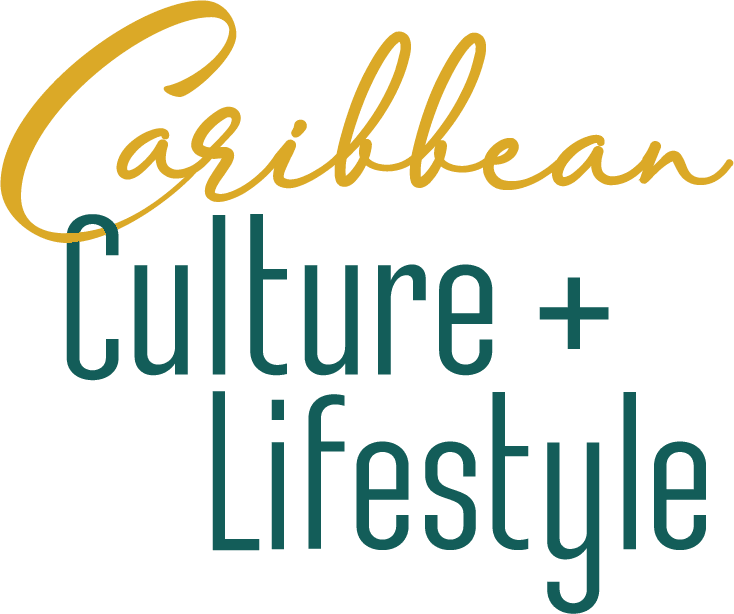Beside our natural bounty, Belize’s history calls visitors from around the globe. The cultural diversity not only refers to ethnicity and race, but our collective identity. A unification of shared cultures and traditions, Belizeans live with an understood inclusion of all races. So whether you are planning to visit for our natural wonders or cultural uniqueness, here’s a brief history lesson on Belize.
Belize Geographical Info
Belize is located on the Caribbean coast of northern Central America. It is bordered by Mexico and Guatemala to the north and west respectively. To the east, the Caribbean Sea hosts the second-longest barrier reef in the world that stretches 240 miles along the coastline. Interestingly, three of the only four coral atolls in the Western Hemisphere are located off the coast of Belize as well as a world heritage composite site, the Great Blue Hole.

Dozens of mostly undeveloped islands and islets called cases line the Caribbean coast of the country. Moreover, the south is heavily forested and boasts a richness in flora, fauna and tropical wildlife diversity among the ancient majesty of the Maya Mountains.
Cultural History in Belize
Every story has its beginning and for the country of Belize, it started with the Maya civilization. The Maya here between 1500 BC until about 900 AD. In fact, one theory is that the name “Belize” derives from the Maya word “belix,” meaning “muddy water”. It refers to the Belize River (formally known as Old River) that runs through the center of the country.


Formally known as “British Honduras”, Belize is the only country in the region with English as its official language. European settlement began around 1638 with pirates using the coast of the country as basecamps, English seamen and their slaves resolved in settling along the bay to take advantage of the opportunity in the logwood trade that would later earn them the name “The Baymen”.
Today it is no longer a settlement, but a young country that gained its independence in 1981 from Britain. A cultural mixture has resulted in a society with ethnic groups such as the Kriol (descendants of slaves brought to Belize by The Baymen), Maya, Garifuna, Mestizo (mixtures of native American and Spanish descendants), Mennonites, East Indian, Chinese and Lebanese.

Similar Article: 36 Years of Independence
September in Belize
Belize Cuisine and Cultures















